Research
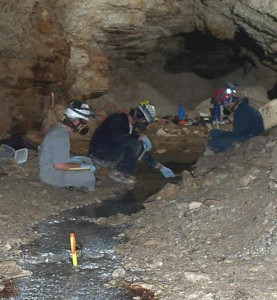 |
Cave and Karst GeomicrobiologyWe are studying several sulfidic caves that have developed in the Madison Limestone of the Bighorn Basin approximately 130 km west of Yellowstone National Park and 120 km north of Thermopolis, Wyoming, USA. The Bighorn Basin contains extensive oil fields and thermal and non-thermal springs that discharge along the flanks of the basin, and has several areas of known karstification. Most of the caves are epigenic, but several formed or were modified by sulfuric acid speleogenesis. The focus of this study is one of the caves located near Lovell, WY, where sulfidic springs and a cave stream support a rich community of microorganisms. |
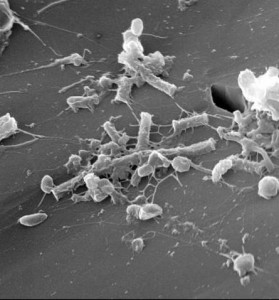 |
Geomicrobiology of Silicate WeatheringThe goal of this research is to investigate the interplay between microorganisms and silicate minerals in subsurface aqueous environments. Microorganisms interact with minerals and dissolved species in solution, perturbing the geochemical environment. Though groundwater chemistry changes and minerals are dissolved and other phases precipitated, there are many unanswered questions about the role microorganisms play in these processes. Since this is a linked system the problem must be approached from several angles, involving microorganisms, minerals and aqueous solutions. Our research attempts to look at different aspects of this interaction to better understand the entire process. One aspect of the research investigates mineral weathering, comparing biotic and abiotic weathering kinetics. Another focuses on microbial nutrition as a mechanism controlling microbial colonization and consequently mineral weathering. The role metabolic byproducts and microbial chelating agents in silicate weathering and iron chemistry are also being investigated. |
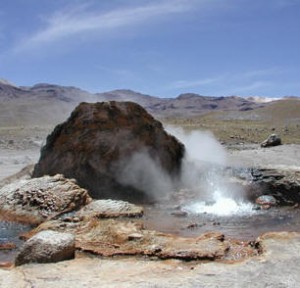 |
Tatio Geysers, ChileThe objective of this research is to rapidly assess human-natural system interactions for a geothermal basin.The confluence of a recent surprise event at El Tatio geyser field in the Atacama Desert of northern Chile paired with access to innovative scientific measurements of key basin indicators provides an opportunity observe behaviors for interacting human-natural systems. |
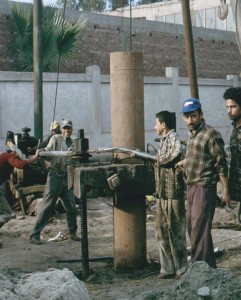 |
Quartz Surface Chemistry |
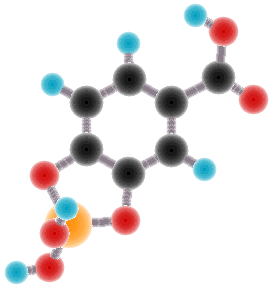 |
Silicate Dissolution KineticsThe biosphere is a fundamental component in the weathering of framework silicates. Plants, bacteria, fungi, even mammals, excrete organic waste products that can react with the components of their surrounding geologic materials.Organic acids from the biosphere have been implicated as important reactants in a number of weathering environments. Organic acids may accelerate silicate dissolution, increase silicate solubility, mobilize aluminum and silica, and alter the equilibrium between the solution and the precipitated secondary phases. While the reaction kinetics of aluminosilicate hydrolysis in inorganic aqueous solutions has been examined in detail, mechanisms of dissolution in organic electrolyte solutions are relatively unknown due to difficulties in isolating competing reactions and processes in the system. Our research examines the role of the biosphere in weathering by examining the mechanisms of organic-acid enhanced silicate dissolution. |

